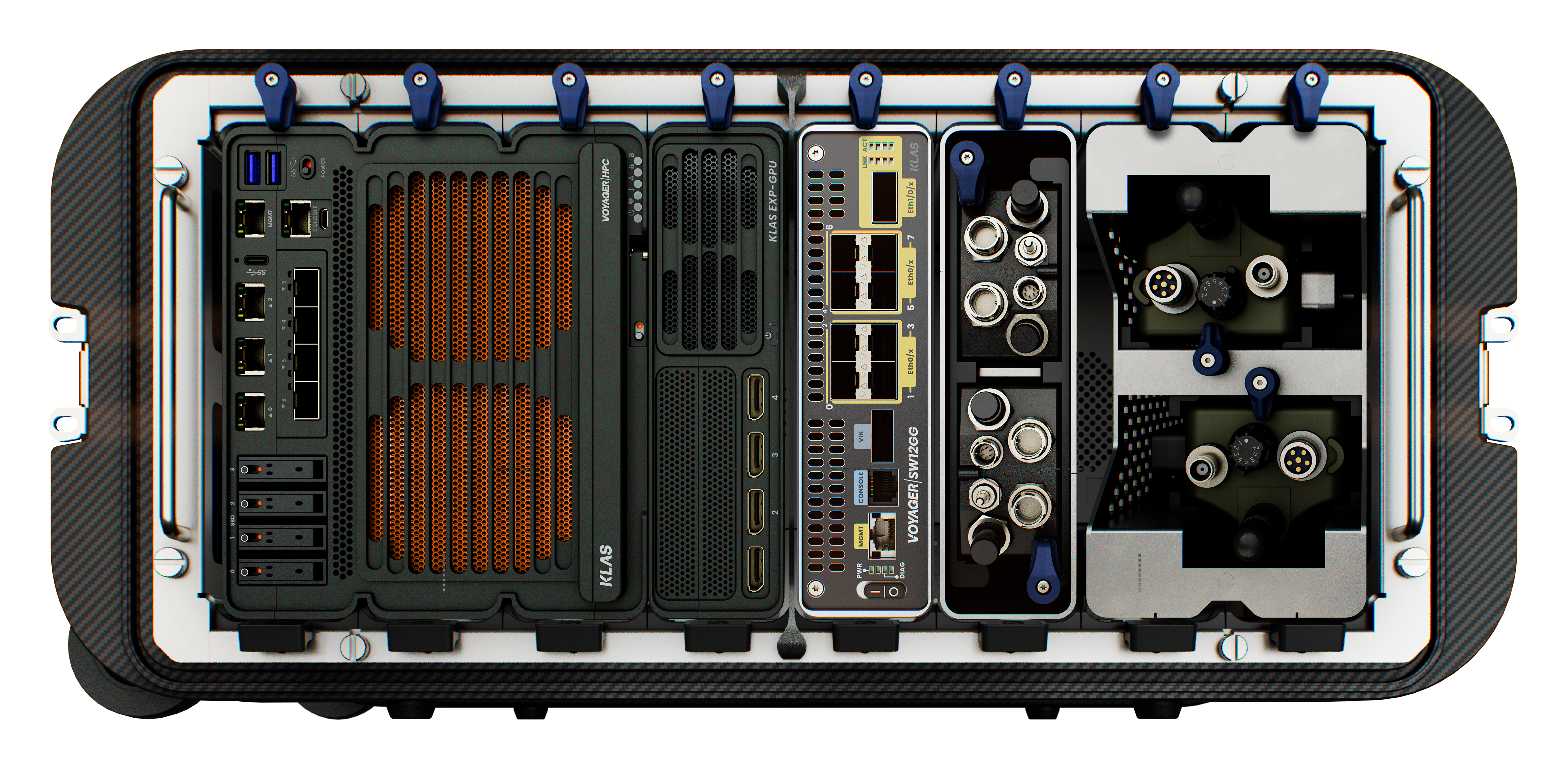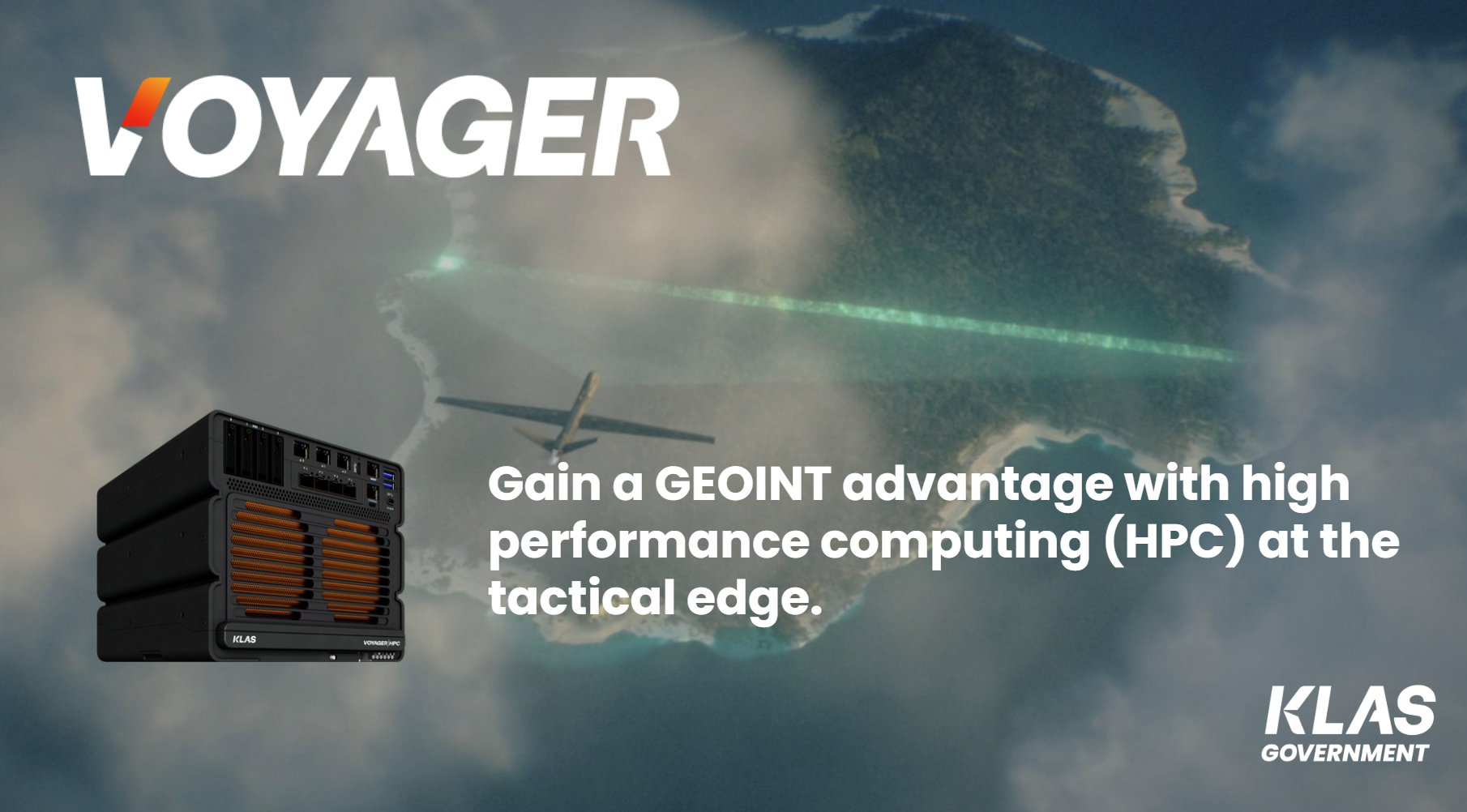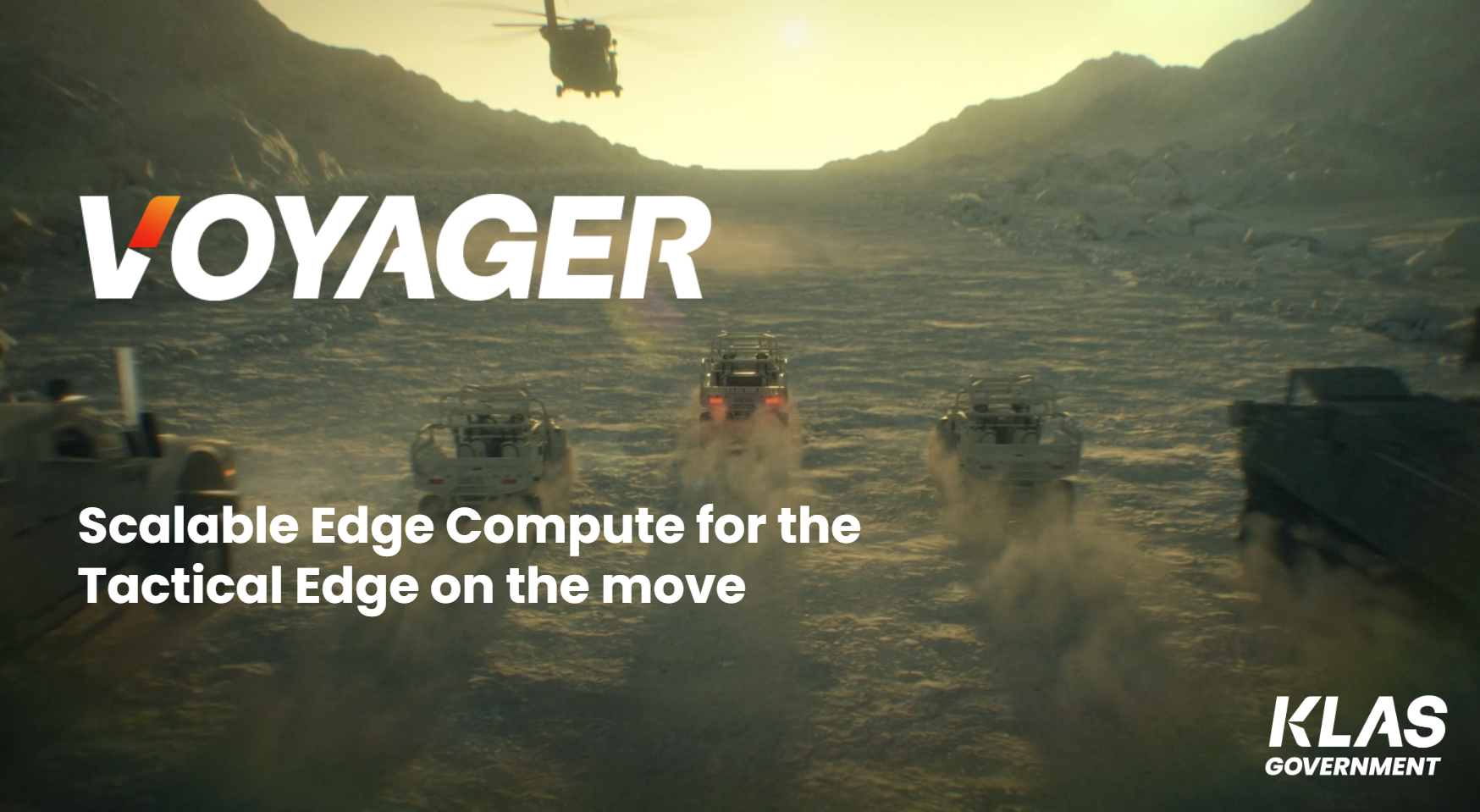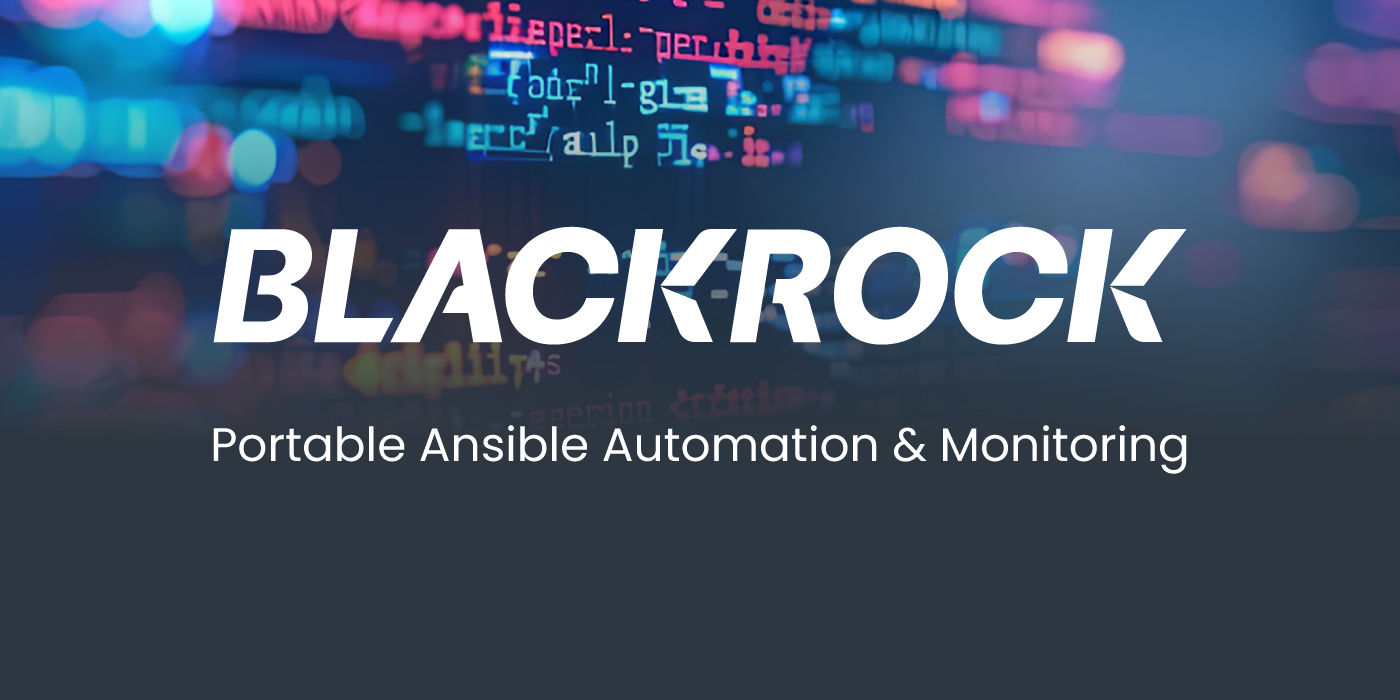High-performance computing (HPC) for AI enabled microservices of real-time Geospatial intelligence.
Geospatial Intelligence (GEOINT) involves using multiple sensors and data formats, such as imagery and video, to form a visual understanding of what is happening in a geographical area that includes varying points of interest.
Typically, sensor data is ingested into geospatial Intelligence mapping software, providing users with a visual cue of what has happened and is happening in the area of interest. However, access to the computing power to run advanced GEOINT mapping software and analytics has been the domain of high-performance computing in a centralized operation environment such as the cloud.
A generational leap forward in GEOINT amplification.
With VoyagerHPC, high-performance computing servers, it’s now possible to move GEOINT to the tactical edge. A significant advantage of having HPC at the edge is eliminating latency in the OODA path, producing a decision advantage in real-time.

AI for enhanced GEOINT operational awareness.
VoyagerHPC delivers a generational leap forward in computing power available at the tactical edge — in a form factor and power envelope that never existed before! With a rugged Nvidia GPU available on top of the 64-core server, it has never been simpler to deliver highly enriched information for advanced decision-making capabilities in the field.
The VoyagerHPC and Nvidia GPU module enriches operational awareness by enabling multimodal AI at the tactical edge. High-level operational advantages include:
- A single GEOINT and AI system: receives and interacts with intelligence in multiple forms, such as text, images, audio, and video, for application as unique layers in GEOINT.
- Faster Operations: run AI inference concurrently on all ingested data and video, as well as near real-time object detection and isolation for overlay in GEOINT.
- Enhanced Awareness: Augment the human operator’s vision range with advanced GEOINT notifications of artifacts that the human eye misses.
With VoyagerHPC’s 4K vision display ports, operators can visualize enhanced operational information on high-resolution screens. At the same time, the artifacts of interest are easily layered into geographical information systems (GIS), delivering improved operational awareness for transmission across the operational domain.
A further advantage of VoyagerHPC’s Nvidia GPU is that C2 can provide enhanced operational awareness across multiple languages and radio networks for use by coalition partners in the field.
Effectively, VoyagerHPC is delivering on C2 convergence at the tactical edge by eliminating siloed and disparate computing and communication systems.
Modular HPC for faster deployments.
Unlike traditional HPC servers, VoyagerHPC is built rugged to a TrueTactical™ standard for ease of deployment anywhere. Furthermore, VoyagerHPC is deployable as a holistic solution i.e. one box with HPC, networking and connectivity.
For example, existing modules such as the Voyager network switch/route and Voyager radio brackets can be easily deployed alongside the VoyagerHPC as a single battery-backed, multi-power-sourced (AC/DC) Voyager 8+ 750 chassis.

With the VoyagerHPC, operators get a GEOINT advantage with mission-ready systems that are highly mobile and can simply go where low-latency information is key for mission-accomplishing tasks.
Further reading
For more information, check out our datasheet and recent blog on deploying compute to the tactical edge.
Datasheet: VoyagerHPC
Blog: Scalable edge compute for the tactical edge on the move



